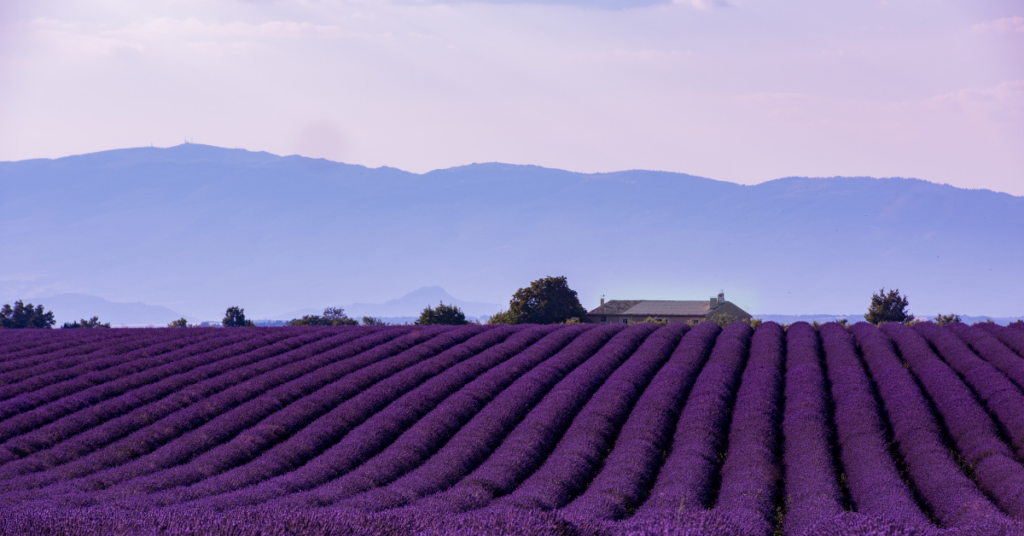Lavender (Lavandula angustifolia, formerly Lavandula officinalis)
Lavender is used as a herb as well as an essential oil.
Description and the places it grows in
An old hardy plant, lavender is suited to its native well-drained sunny environments such as the Mediterranean, the Middle East, and India. Lavender is extensively cultivated in the south of France, and is also grown in the UK and other parts of Europe, such as Italy and Spain, as well as in the US, Australia, and South Africa.
Parts used
The flowers yield an essential oil. Lavender leaves and flowers are edible and, dry or fresh, can be used in culinary arts.
Uses
Aromatic, carminative, stimulant, nervine.
Headaches: A few drops of the essential oil in a burner will usually help a stress headache.
Insomnia: A couple of drops of essential oil on a pillow usually brings about restful sleep, alternatively, little bags of lavender next to your head will ensure that you breathe in the lavender aroma.
Other uses: Toothache (use oil externally).
Constituents
Lavender flowers, leaves and oil contain linalool, linalyl acetate, lavandulyl acetate, cineole (eucalyptol), borneol, camphor, and at least 100 other known compounds.
Contraindications
None known.


